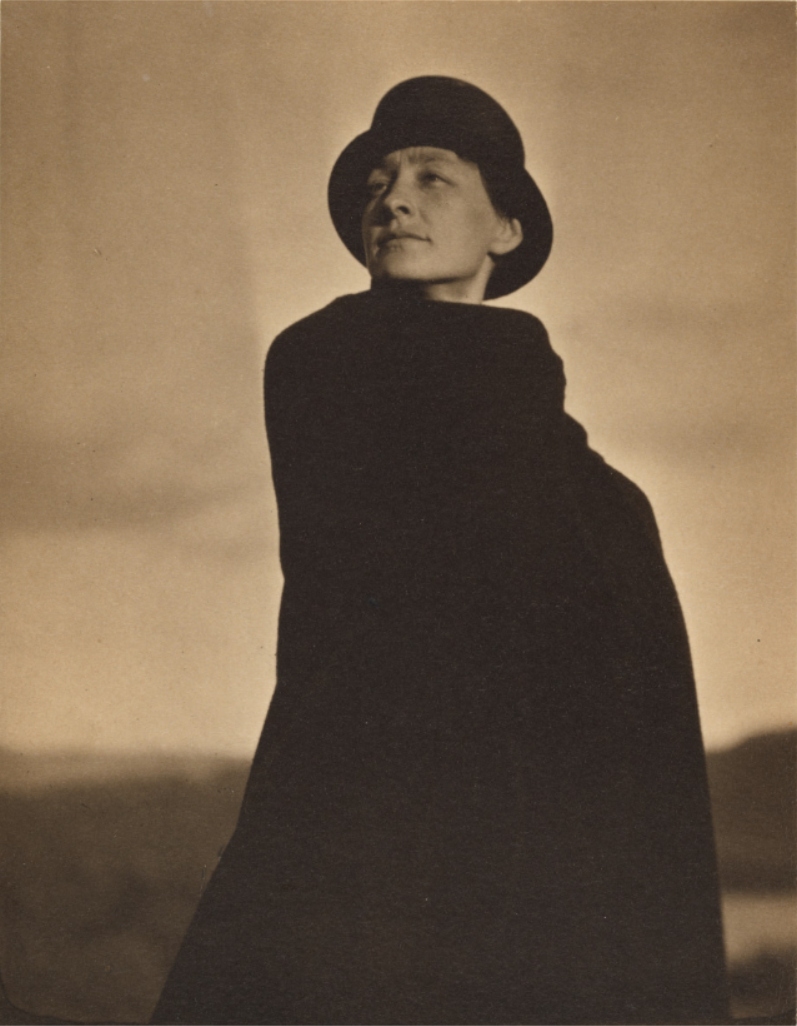Inspiration
Georgia O'Keeffe
Nov 15, 1887 - Mar 6, 1986
Artist, Painter
Georgia O'Keeffe's Inspiration
In 2018, I was invited to observe and present work at a week-long workshop at Ghost Ranch, New Mexico, which included a tour of O’Keeffe’s principal home in the nearby town of Abiquiu. Georgia lived as she painted, residing in an open single story adobe that felt intentional, essential, functionally styled and full of grace. Like her paintings, the home emanated an open zen-like minimalism attuned to the visually rich landscape in which she lived.
I believe the inspiration that drew O’Keeffe to New Mexico is the same resonate power that drew me to Utah and, specifically, Zion National Park. A landscape of both abundance and scarcity, austere in design, full of form, light, and color. The grandeur initially overwhelms you, but it is the subtleties of interdependent land and life that wins over an observant eye and curious heart.
O’Keeffe’s lithographs of flowers, skulls and landscapes have adorned my living spaces over the years. I’ve attended exhibits including her museum in Santa Fe on multiple occasions. Her work always inspires but it is O’Keeffe’s philosophical approach to both art and life that hold tenement in my own inner landscape. Here is a woman who shunned the conventions of art and men, to forge her own artistic path creating ground breaking abstract work, conveying resonant insight at the deepest levels of feeling and communion. Through ritual and meticulous process, she labored mightily in creating her extensive body of work. She openly acknowledged her own doubts and fears, and conveyed the necessity of failure. Bad work, she believed, was inevitable and essential to creative process and artistic growth.
In my own presentations, I seek to inspire participants to live their own unique creative journey, drawing on the wisdom of Georgia’s own words: “I’ve been absolutely terrified every moment of my life - and I’ve never let it keep me from doing a single thing I wanted to do.”
About Georgia O'Keeffe
Georgia O’Keeffe was an American artist, best known for her paintings of enlarged flowers, New York skyscrapers and Southwest landscapes. Primarily a painter, she began formal art studies in 1905, but soon became frustrated with the techniques of traditional Realist painting. After studying the revolutionary ideas of Arthur Wesley Dow in 1912, who created works of art based on personal style, design and interpretation of subjects, the direction of her artistic practice took a dramatic shift. After two years of experimentation, she completed a series of charcoal drawings which would make O’Keeffe one of the very first to practice pure Abstraction. Instantly fascinated, these drawings were exhibited in New York by renowned art dealer and photographer Alfred Stieglitz in 1917. Becoming equally fascinated with the artist herself, the couple would later marry. By the mid-1920s, O’Keeffe, now credited as being the "Mother of American Modernism", had become one of the most important and successful artists in America. O'Keeffe died at her beloved home in Santa Fe, New Mexico on March 9, 1986 at the age of 98.
Among her many awards and honors, O'Keeffe received the M. Carey Thomas Award at Bryn Mawr College in 1971 and two years later received an honorary degree from Harvard University. In 1977, President Gerald Ford presented O'Keeffe with the Presidential Medal of Freedom, the highest honor awarded to American civilians. In 1985, she was awarded the National Medal of Arts by President Ronald Reagan. In 1993, she was inducted into the National Women's Hall of Fame.

Georgia O'Keeffe, early years, by Alfred Stieglitz
I've been absolutely terrified every moment of my life - and I've never let it keep me from doing a single thing I wanted to do.